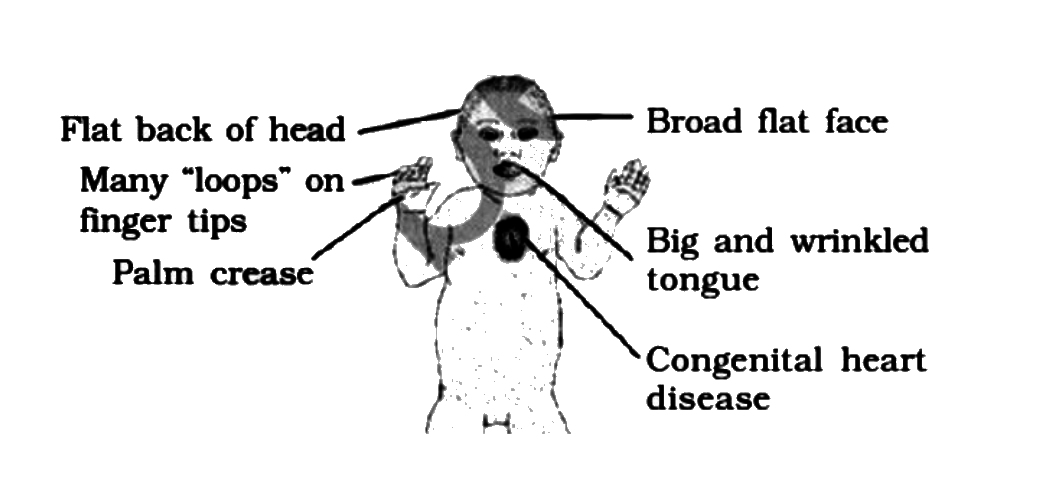Ferns belong to the following group (A) thallophyta (B) bryophyta (C) pteridophyta (D) gymnosperm
thallophyta
bryophyta
pteridophyta
gymnospermae
To determine the correct group to which ferns belong, we can follow these steps:
1. Identify what ferns are:
- Ferns are non-flowering vascular plants. This means they have specialized tissues (xylem and phloem) for transporting water, nutrients, and food.
2. Understand the groups listed in the options:
- Thallophyta: This group includes non-vascular plants like algae, which do not have true roots, stems, or leaves.
- Bryophyta: This group consists of mosses and liverworts, which are also non-vascular plants and lack true roots, stems, and leaves.
- Pteridophyta: This group includes ferns and other similar plants that are vascular and reproduce via spores.
- Gymnosperms: This group includes non-flowering plants that reproduce via seeds, which are typically naked seeds.
3. Eliminate the incorrect options:
- Since ferns are vascular plants, we can eliminate Thallophyta (A) and Bryophyta (B) as they are non-vascular.
- We are left with Pteridophyta (C) and Gymnosperms (D).
4. Differentiate between Pteridophyta and Gymnosperms:
- Pteridophyta (C) includes plants that reproduce by spores, which is the method of reproduction for ferns.
- Gymnosperms (D) reproduce by seeds, which does not apply to ferns.
5. Conclude with the correct answer:
- Based on the characteristics and reproductive methods, ferns belong to the group Pteridophyta (C).
Final Answer:
(C) Pteridophyta
- Ferns are non-flowering vascular plants. This means they have specialized tissues (xylem and phloem) for transporting water, nutrients, and food.
- Thallophyta: This group includes non-vascular plants like algae, which do not have true roots, stems, or leaves.
- Bryophyta: This group consists of mosses and liverworts, which are also non-vascular plants and lack true roots, stems, and leaves.
- Pteridophyta: This group includes ferns and other similar plants that are vascular and reproduce via spores.
- Gymnosperms: This group includes non-flowering plants that reproduce via seeds, which are typically naked seeds.
- Since ferns are vascular plants, we can eliminate Thallophyta (A) and Bryophyta (B) as they are non-vascular.
- We are left with Pteridophyta (C) and Gymnosperms (D).
- Pteridophyta (C) includes plants that reproduce by spores, which is the method of reproduction for ferns.
- Gymnosperms (D) reproduce by seeds, which does not apply to ferns.
- Based on the characteristics and reproductive methods, ferns belong to the group Pteridophyta (C).
(C) Pteridophyta
Topper's Solved these Questions
- PLANT KINGDOM BOOK - ICSECHAPTER - PLANT KINGDOM EXERCISE - REVIEW QUESTIONS (LABEL THE FOLLOWING DIAGRAM)
1 Videos
- PLANT KINGDOM BOOK - ICSECHAPTER - PLANT KINGDOM EXERCISE - REVIEW QUESTIONS (WRITE APPROPRIATE WORDS IN THE DIAGRAMS GIVEN BELOW IN (I) TO (VII))
1 Videos
- PLANT KINGDOM BOOK - ICSECHAPTER - PLANT KINGDOM EXERCISE - Ncert Exercises (Differentiate Between )
6 Videos
- PLANT GROWTH AND DEVELOPMENTBOOK - ICSECHAPTER - PLANT GROWTH AND DEVELOPMENTEXERCISE - NCERT EXERCISES WITH ANSWERS (DIFFERENTIATE BETWEEN)
11 Videos
- QUESTION PAPER -BIOLOGYBOOK - ICSECHAPTER - QUESTION PAPER -BIOLOGYEXERCISE - PART -II (Section -C)
6 Videos
Similar Questions
Knowledge Check
Cholesterol belongs to which of the following groups?
ASteroidsBNeutral fatsCWaxesDPhospholipidsThe ribose sugar belongs to following group
(a) Tetroses
(b) Pentoses
(c) Hexoses
(d) HeptuloseATetrosesBPentosesCHexosesDHeptuloseIn which of the following compounds -OH is the functional group?
(A) Propane
(B) Propanal
(C) Propanol
(D) PropanoneAPropaneBPropanalCPropanolDPropanone
Which of the following belongs to group '8
View SolutionFollowing group of symptoms belong to

View SolutionWhich of the following group belongs to Deuterostome ?
View SolutionWhich of the following groups of algae belongs to class Rhodophyceae ?
View SolutionDifferentiate between Bryophyta and Pteridophyta
View Solution
